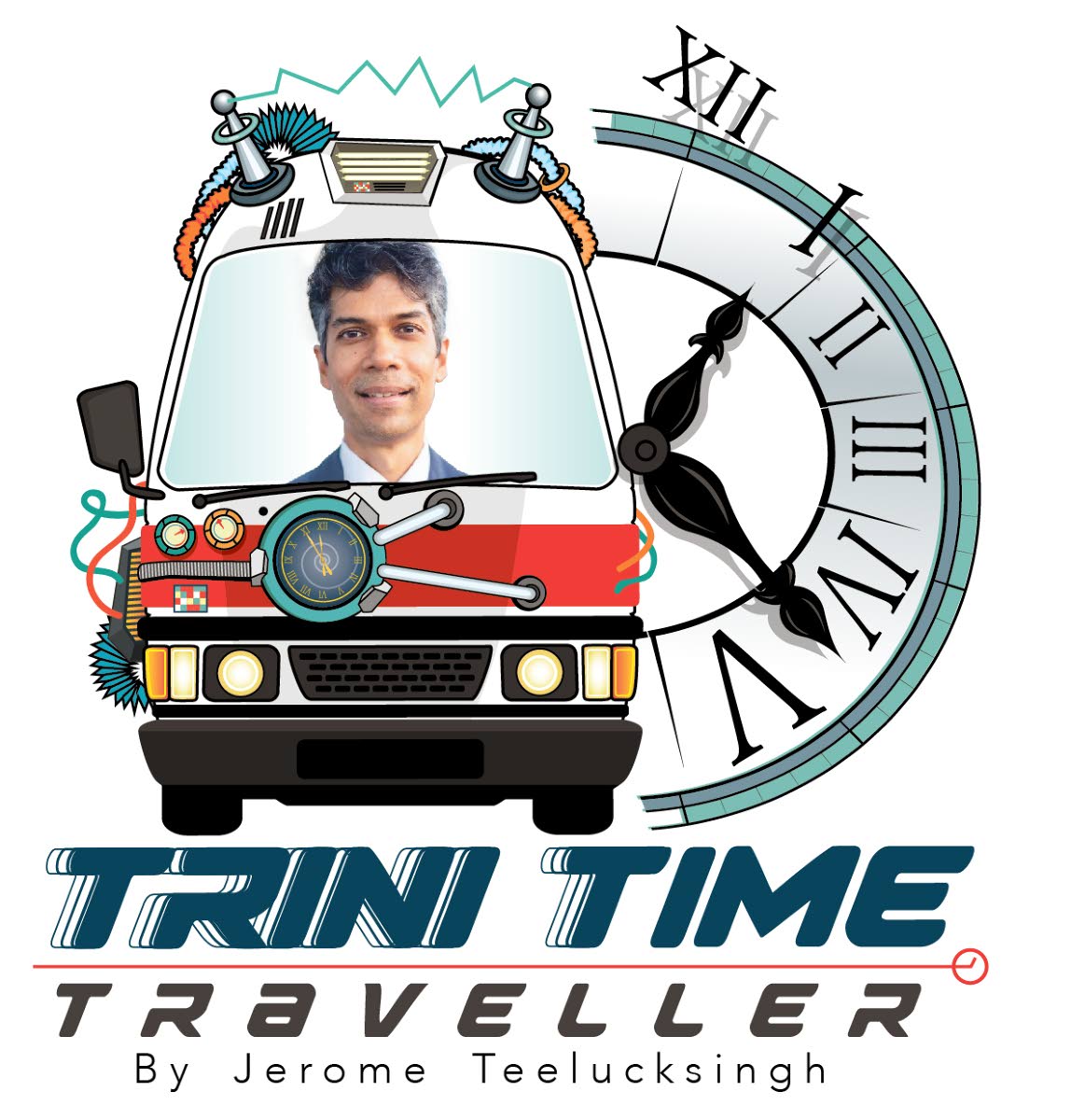During a recent visit to a residential neighborhood, I was struck by the sight of nearly 100 children, accompanied by their parents and siblings, dressed as vampires, ghosts, Frankenstein, and werewolves. They carried pumpkin-shaped containers, moving from house to house collecting sweets. A quarter of the adults also wore costumes, with many items purchased locally or online. This scene, reminiscent of an episode of *Twilight Zone*, highlighted the growing appeal of Halloween, a celebration that has evolved from a niche subculture to a mainstream, almost sacred event. A resident explained that while community efforts to celebrate Divali, Eid, and Christmas had poor turnouts, Halloween’s trick-or-treating had captured the neighborhood’s imagination. When I asked children about local folklore like Papa Bois, they were clueless, with one parent dismissing such tales as “evil.” This experience underscored how Halloween’s joyous celebration has been decades in the making, fueled by a steady diet of horror movies and novels. Films like *Halloween*, *The Exorcist*, and *Twilight* have romanticized horror, while slasher movies have normalized violence. Studies, such as one published in *Media Psychology* in 1999, reveal that such media can cause residual anxiety and even symptoms akin to PTSD. NeuroLaunch’s 2023 article further emphasized the mental health risks, including phobias. The Caribbean, too, faces the impact of this cultural imperialism, with local horror movies mirroring the violence and gore of Hollywood. While some argue that Halloween fosters social interaction and creativity, its normalization of violence and desensitization to real-life horrors raise critical questions. As Halloween’s popularity grows, it may soon find its way into school curricula or even become a public holiday, marking its transformation from a fringe event to a cultural cornerstone.
